Ukraine’s surprise offensive into Russia last month has shaken up the war in Ukraine — the operation igniting a volatile phase in the war that has seen fighting for the first time move onto Russian territory but also allowed Russia to more rapidly advance in eastern Ukraine, even as both sides have escalated their aerial campaigns.
Since the incursion began last month, Russia has responded with an intensified air campaign, launching barrages of missiles and drones in the past week that have caused unusually heavy civilian casualties. Ukraine, meanwhile, has taken its own air attacks on energy infrastructure and military facilities inside Russia to a new level.
Russian cruise missiles on Wednesday slammed into the center of the usually safe city of Lviv, killing seven people and wounding more than 50, damaging dozens of buildings in the process.
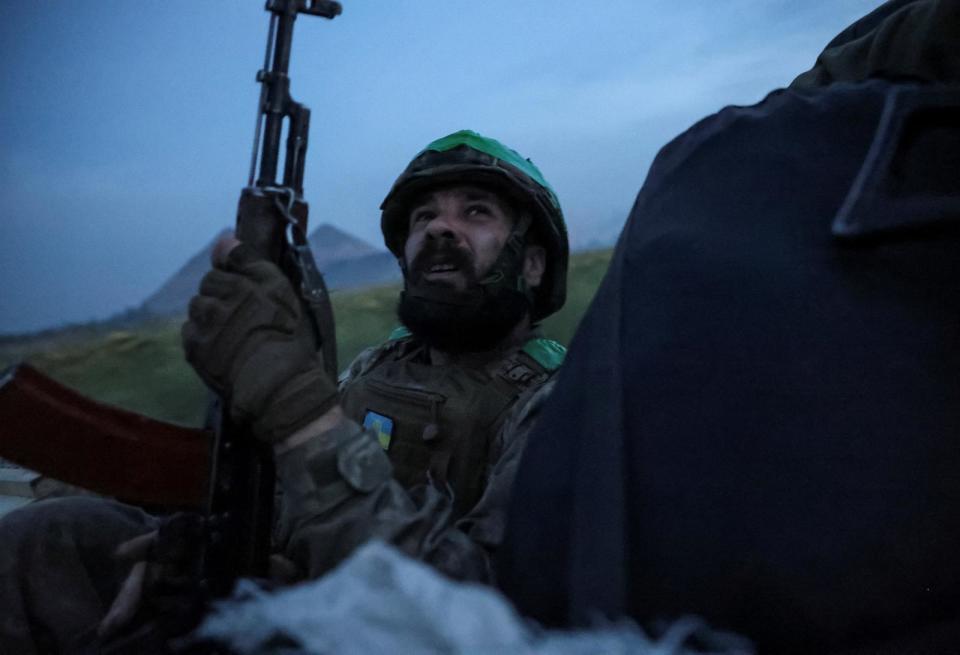
Russia has launched unusually large strikes against other cities over the past two weeks as two Russian missiles killed more than 50 people and injured 270 more when they hit a military academy in Poltava on Tuesday.
Ukraine’s incursion into Russia’s Kursk region has seized several hundred square kilometers of territory and dozens of small villages, also capturing hundreds of Russian prisoners of war. The offensive initially caught Russia heavily off-guard and embarrassed the Kremlin but Ukraine’s forces have advanced little since the first two weeks and Russia has slowly stabilized its lines there, though its troops remain on the defensive.
The incursion, however, has also opened an opportunity for Russia, allowing it to make unusually rapid advances on a stretch of the front in eastern Ukraine. Some analysts believe that this is because, in part, Ukraine diverted some of its own reserves and ammunition to the offensive into Russia.
Meanwhile, Russian troops have been moving steadily towards the city of Pokrovsk, a key logistical hub, pushing through Ukrainian defenses and forcing the evacuation of tens of thousands of civilians. The Russian advance threatens to disrupt Ukrainian supply lines for the Donbas region and is increasing the risk of a larger breakthrough along the frontlines there.
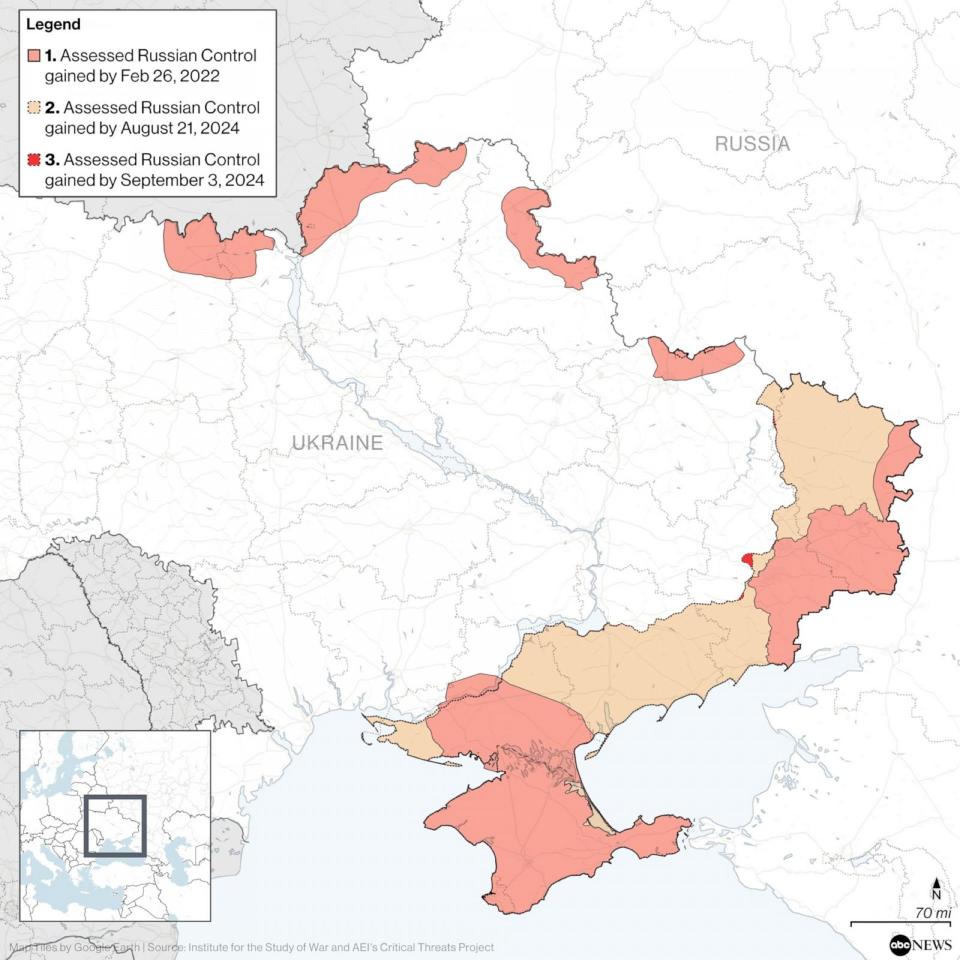

Ukrainian officials have indicated they hoped their Kursk offensive would draw Russian forces away from the Pokrovsk front, which had already been under intense pressure. But, at least so far, Russia has not taken the bait. Instead, it has chosen to throw some of its most battle-ready resources into continuing the advance on Pokrovsk rather than focusing on driving the Ukrainians from its own territory in Kursk.
President Vladimir Putin on Thursday confirmed the Kremlin had chosen to prioritize the Pokrovsk advance.
“The enemy’s goal was to make us become anxious, act in a hurry, redeploy forces from one sector to another, as well as to halt our offensive in key sectors, above all in Donbas, the liberation of which is our top priority,” Putin told an audience at an economic forum.
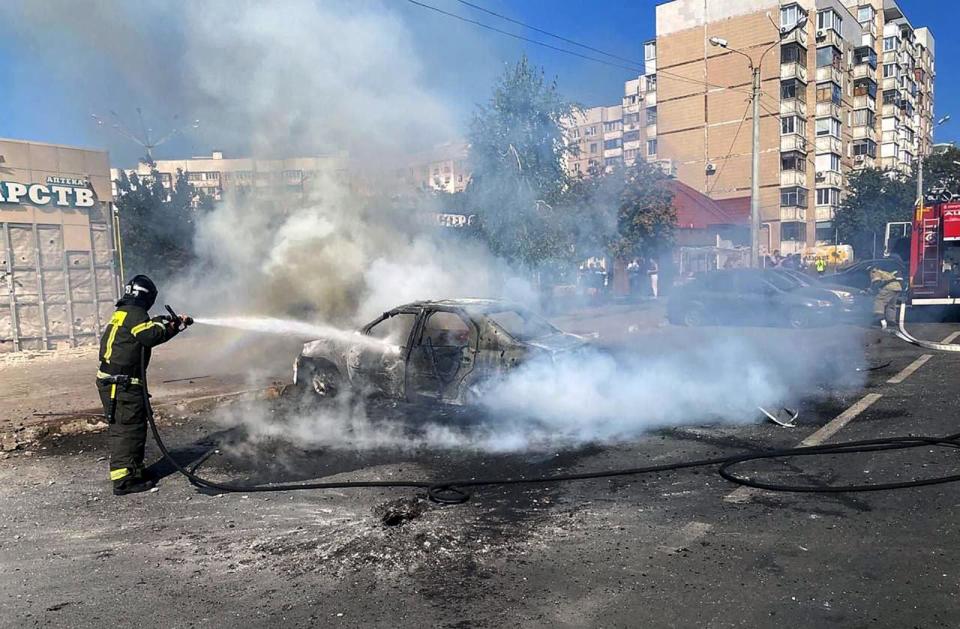

“Has the enemy succeeded? No, it has failed. On the contrary, by redeploying rather large and quite well-trained units to the districts at the border with us, the enemy weakened itself in key sectors, while our forces stepped up the offensive operations,” Putin said.
Most independent military analysts believe it is too early to determine whether Ukraine’s gamble in Kursk has paid off or not, noting it has shifted the narrative that Ukraine is inexorably losing the war and has stretched Russia.
Ukraine’s president Volodymyr Zelenskyy this week claimed Russia had moved 60,000 troops already to Kursk to counter the offensive and open source researchers have confirmed Russian units have moved from other fronts.
The Washington, D.C.-based Institute for the Study of War (ISW) this week said it had observed Russia’s command possibly redeploying some “limited elements” that were likely intended for future offensive operations in the Pokrovsk direction.
“But the risks should not be understated,” Michael Kofman, a senior fellow at the Carnegie Endowment for International Peace and Rob Lee, a military expert at the Foreign Policy Research Institute wrote in a recent article for Foreign Affairs. “The best-case scenario is that Ukrainian forces will hold Russia to relatively minor gains in Donetsk and retain Kursk with a sustainable force commitment.”
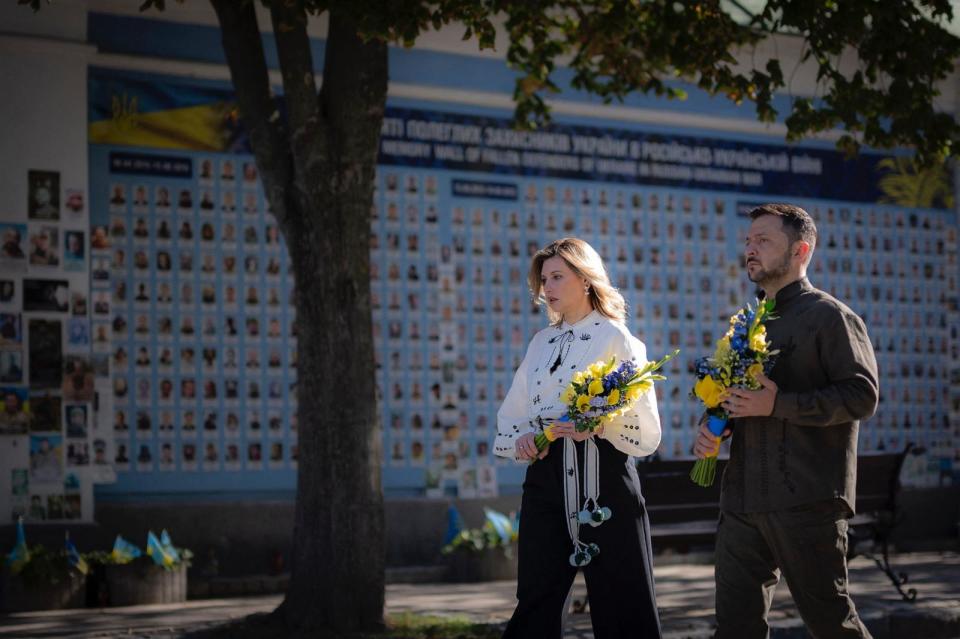

“The worst-case scenario is that, months from now, Ukraine will have lost significant tracts of land in its east and retained no territory in Kursk that it can use as a bargaining chip,” Kofman and Lee wrote, noting either was still possible.
Phillips O’Brien, professor of strategic studies at the University of St. Andrews, wrote the success of Ukraine’s Kursk operation was being underrated, saying it was already an “important strategic achievement.”
“First, the Ukrainians are putting together a large, suppliable and defensible area within Russia itself. Its a very large area, that the Russians will struggle to take back without major force,” he wrote on his Substack blog. It has also created a buffer for Ukraine’s own Sumy region, O’Brien wrote, while forcing Russia to stretch its troops now to defend the rest of its borders. The operation has also shifted the narrative around the war and illustrated to the Biden administration the hollowness of Russia’s nuclear red lines, he wrote.
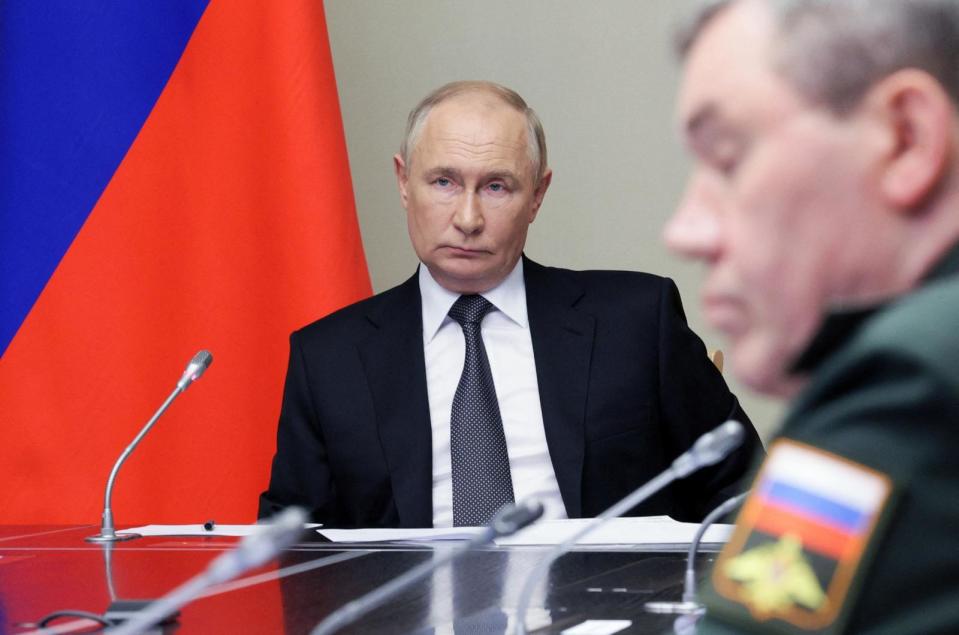

Zelenskyy has said the Kursk operation is part of a broader effort to bring the war home to Russia and force the Kremlin to negotiate on just terms. Ukraine has also stepped up its own air campaign against military facilities and energy infrastructure deep inside Russia using a growing fleet of domestically-developed drones. Last weekend saw Ukraine launch one of its largest drone attacks of the war, hitting power plants and an oil refinery just outside Moscow.
Last week Zelenskyy told a news conference in Kyiv that he intends to present a plan to President Joe Biden on how to force Russia to end the war when he visits the U.S. later this month. Zelenskyy said the Kursk operation was part of the plan, but that he also envisages using diplomacy and economic steps to pressure Russia, though he did not elaborate.
“The main point of this plan is to force Russia to end the war. And I want that very much — (that it would be) fair for Ukraine,” Zelenskyy said.
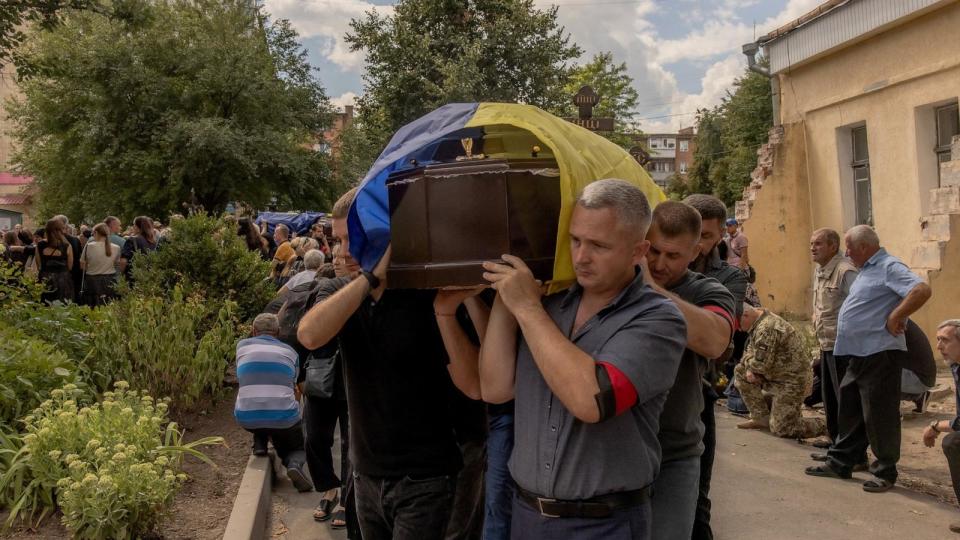

Zelenskyy this week also carried out the largest shake up of his cabinet since Russia’s full-scale invasion, seeking to remove several high-profile ministers, including foreign minister Dmytro Kuleba, one of the best-known faces of Ukraine’s government.
Zelenskyy explained the step as necessary to inject “new energy” into Ukraine’s government. The move has provoked mixed responses, with some observers warning it will further centralize power in the presidential administration.
Ukraine war enters volatile phase after offensive into Russia originally appeared on abcnews.go.com





















